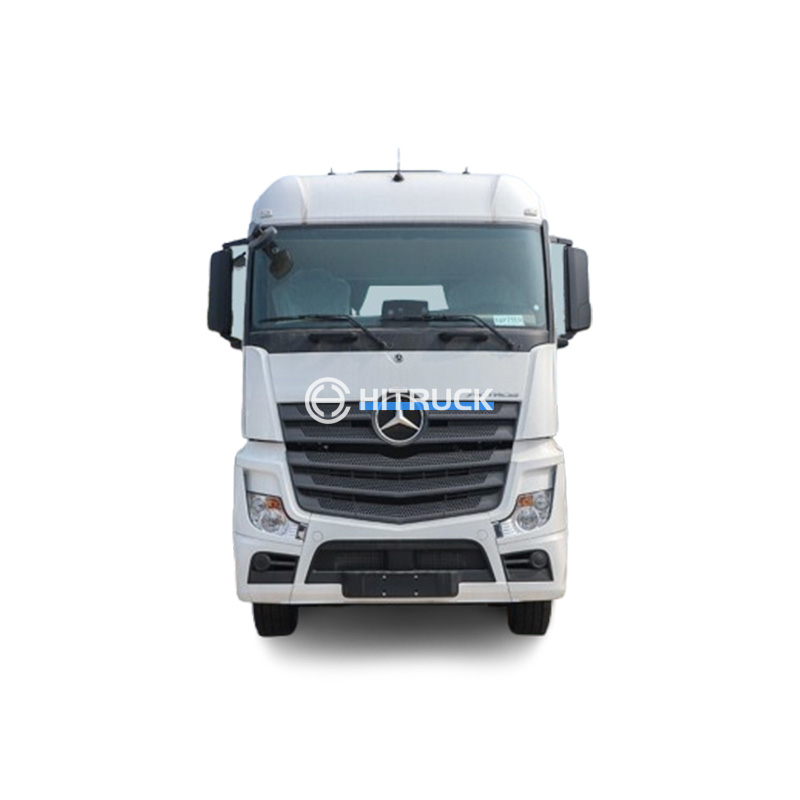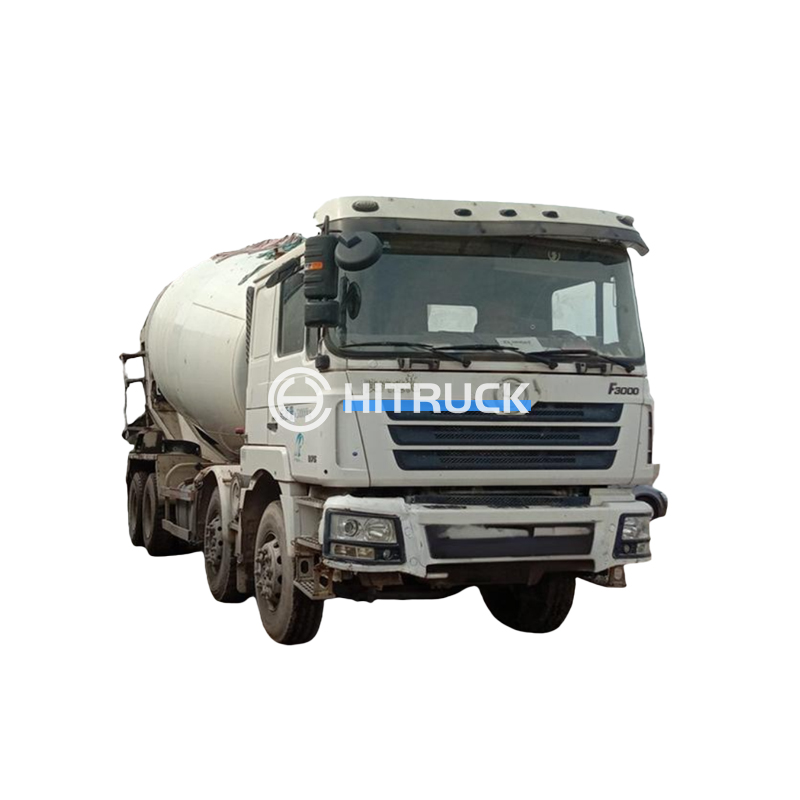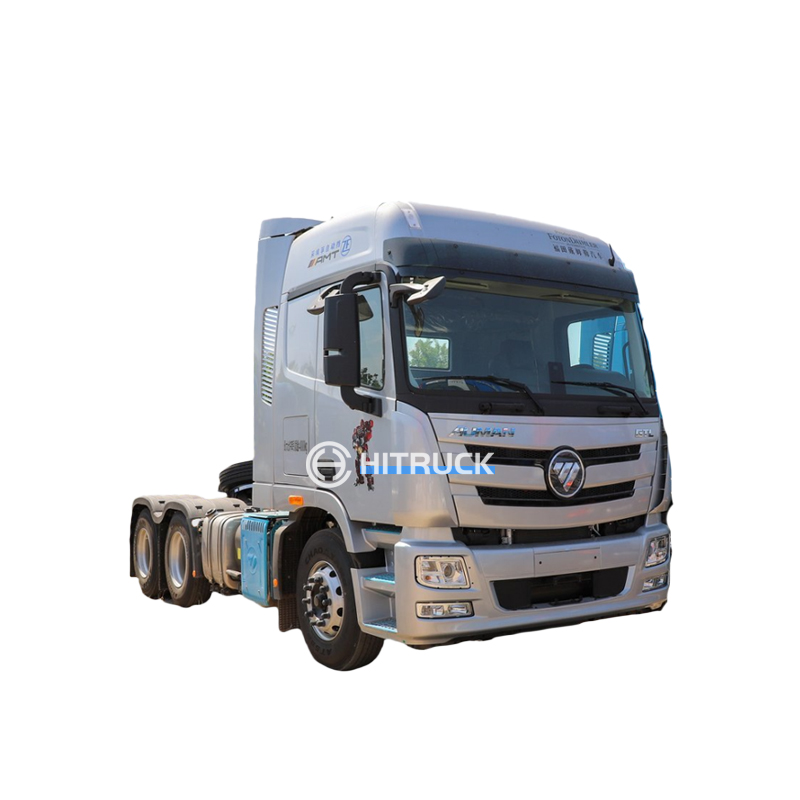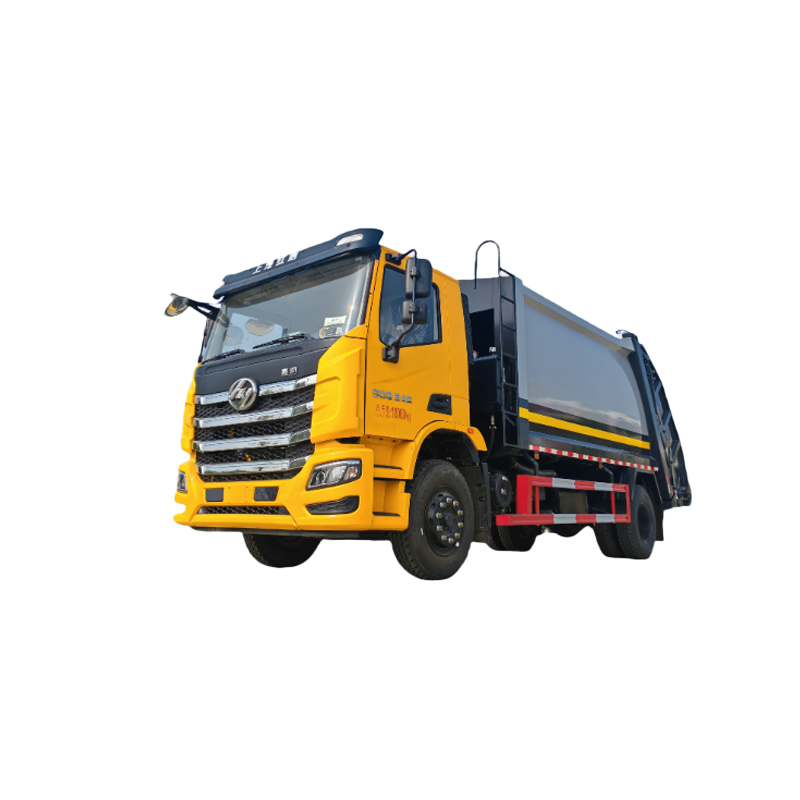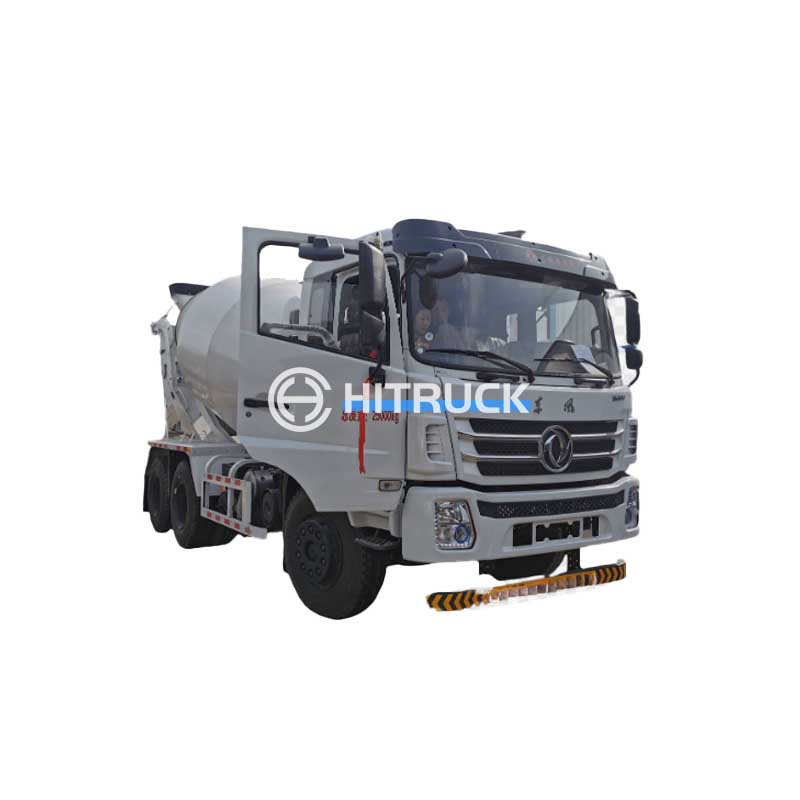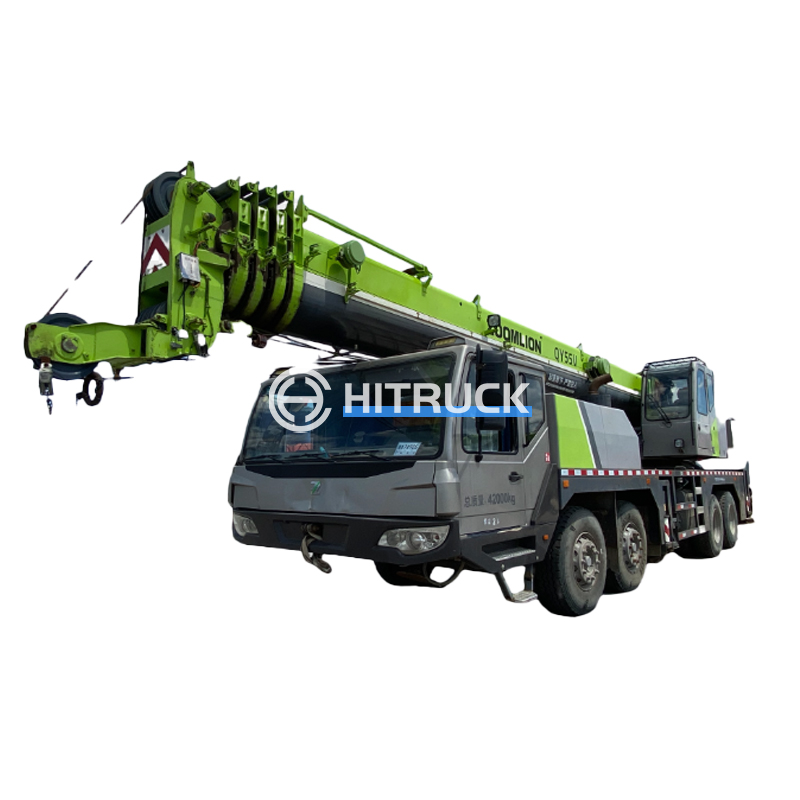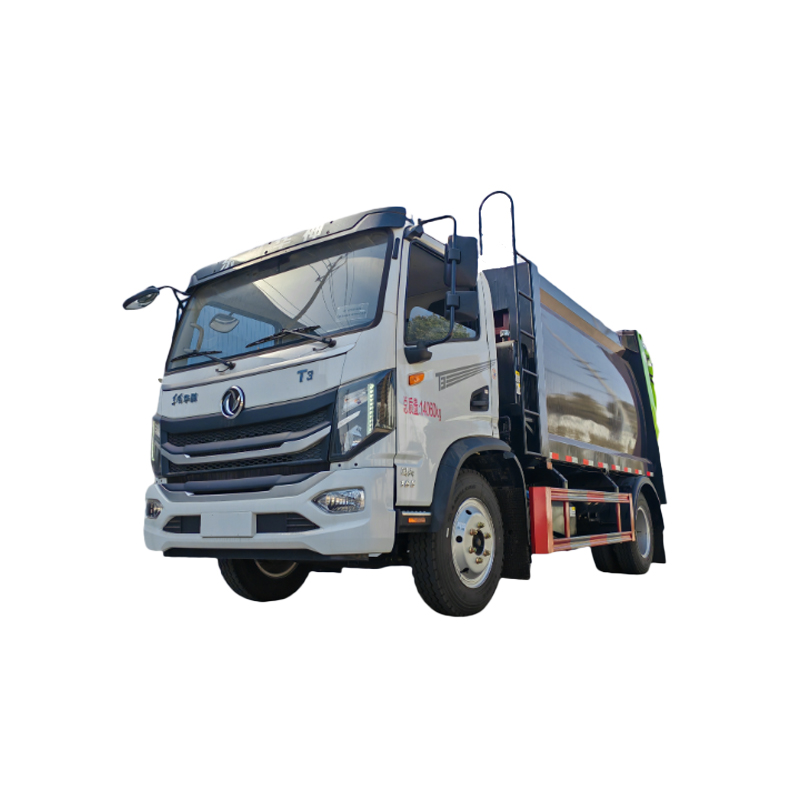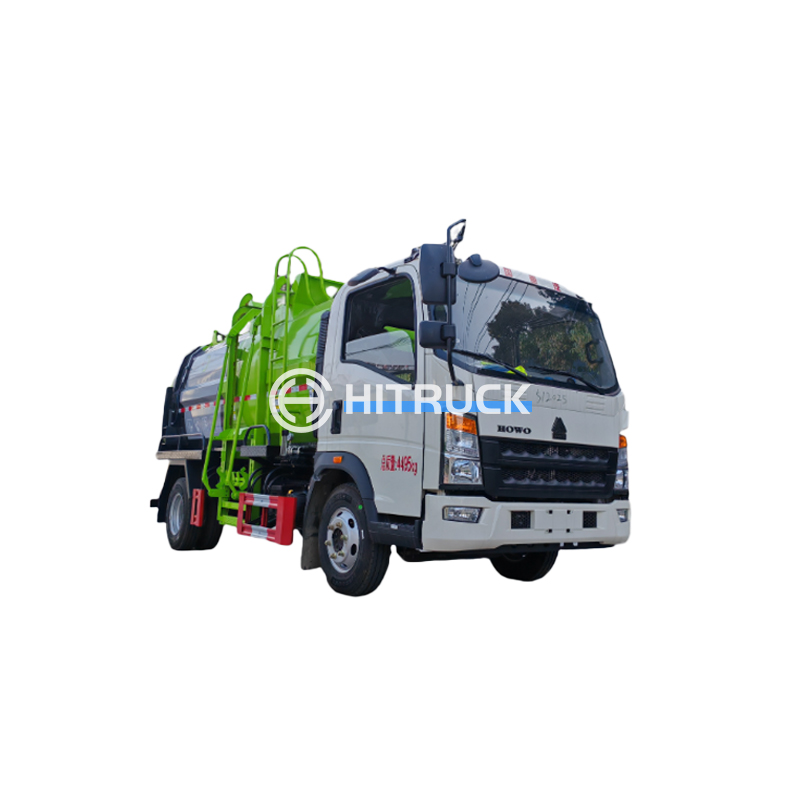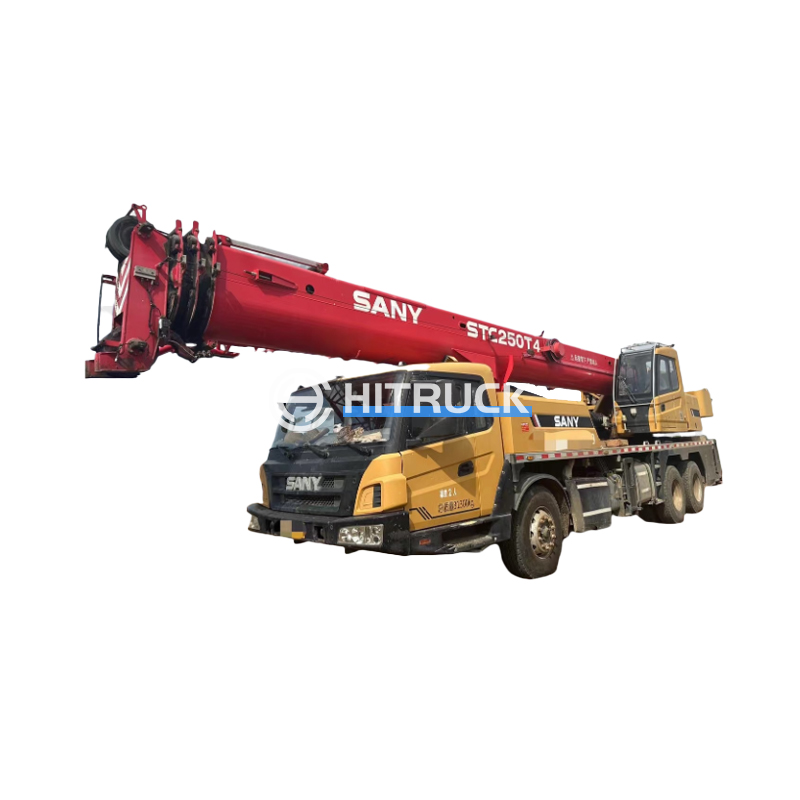This guide provides an in-depth look at selecting the appropriate crane remote control for your needs. We'll cover various types, key features, safety considerations, and factors to consider when making your purchase decision. Learn how to choose the best crane remote control for increased efficiency and safety on your projects.
The choice between wired and wireless crane remote controls significantly impacts usability and safety. Wired controls offer reliable, uninterrupted operation, crucial in high-stakes situations. However, they restrict movement and can pose tripping hazards. Wireless controls, on the other hand, provide greater flexibility and mobility but require regular battery checks and are susceptible to interference or signal loss. Consider the operational environment and the level of risk involved when making this decision. For instance, a heavy-duty construction site might favor wired controls for reliability, while lighter applications might benefit from the convenience of a wireless system.
Proportional crane remote controls offer finer control over crane movements. The speed and distance of movement are directly proportional to the amount of button press or joystick deflection. This leads to smoother, more precise operations. Non-proportional controls offer on/off functionality, resulting in less precise movements, potentially affecting efficiency and safety, especially with heavier loads. Selecting the appropriate control type depends heavily on the complexity of the crane operations and the precision required. For delicate tasks, a proportional controller is essential.
Beyond wired/wireless and proportional/non-proportional distinctions, several crucial features influence the performance and safety of your crane remote control:
The operating range of a wireless crane remote control is critical. A wider range allows greater flexibility during operation. The frequency band should be chosen to minimize interference from other devices operating in the same area. Check manufacturer specifications to ensure compatibility with your existing equipment and environment. Consider factors such as obstacles and environmental conditions that could impact signal strength.
Safety is paramount. Look for features like emergency stop buttons, easily accessible controls, and clear visual indicators. Some advanced controls may incorporate features like overload protection or anti-collision systems. Prioritize models that emphasize safety, potentially including features compliant with relevant industry standards and regulations.
The crane remote control must withstand harsh conditions, including dust, moisture, and vibrations. A robust casing and high-quality components are essential for longevity. Check for an ingress protection rating (IP rating) to gauge resistance to environmental factors. Consider whether your operations are indoors or outdoors, and choose a control with a corresponding IP rating.
The best crane remote control depends entirely on the specific application. Consider the following factors:
| Factor | Considerations |
|---|---|
| Crane Type | Capacity, lifting height, and maneuverability needs. |
| Operating Environment | Indoor/outdoor, presence of obstacles, and potential for interference. |
| Frequency of Use | Intensive or infrequent use will impact the required durability and features. |
| Budget | Balance cost with necessary features and long-term value. |
For more information on high-quality cranes and related equipment, please visit Suizhou Haicang Automobile sales Co., LTD.
Remember to always prioritize safety and consult with qualified professionals for advice on selecting and using crane remote controls.
1 Manufacturer specifications may vary. Always consult the official product documentation.

